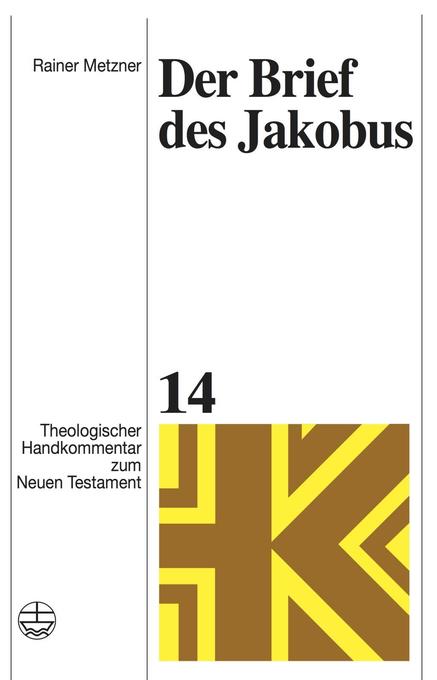
Zustellung: Di, 03.12. - Do, 05.12.
Sofort lieferbar
VersandkostenfreiBestellen & in Filiale abholen:
Lange Zeit wurde der Jakobusbrief an Paulus gemessen. Das verstellte den Blick auf sein eigenes Profil. Die Forschung etwa der letzten drei Jahrzehnte hat die »stroherne Epistel«, die so spröde nicht ist, wie es das Urteil Martin Luthers nahelegt, rehabilitiert. Ein in der kirchlichen Tradition sonst unbekannter Jakobus schreibt einen paränetischen Brief, in welchem er christliche Gemeinden seiner Umwelt unterweist, den ihnen im Glauben gewiesenen Weg in Bindung an das »Wort der Wahrheit« und in Abgrenzung von der gottfeindlichen »Welt« fortzuschreiten. Leidenschaftlich plädiert Jakobus für ein im Glauben und Tun gleichermaßen bestimmtes Leben, das sich von der Weisheit Gottes lenken lässt. Er zeichnet ein praktisches Christentum mit klarem Sozialethos, ohne jedoch theologische Kompetenz vermissen zu lassen. Der Brief hat wenig Zeit- und Lokalkolorit, doch sprechen verschiedene Indizien für eine Entstehung in Rom nicht vor Beginn des 2. Jahrhunderts. Auch wenn er nur zögerlich in den Kanon gelangte, bleibt er ein wichtiges Zeugnis biblischer Tradition, die Rainer Metzner kompetent und anschaulich darstellt und kommentiert. [The Epistle of James]For a long time the Epistle of James has been judged mainly in relation to Paul. This obscured the view on its own distinct profile. The research of the last three decades has rehabilitated the epistle which is not as dry as its characterization by Luther as an epistle like straw« suggests. James, a person otherwise unknown in the ecclesial tradition, writes a paraenetic letter teaching the Christian communities in his setting to pursue the path which has been shown to them in faith, clinging to the »word of truth« and rejecting the God opposing »world«. Passionately he advocates a life which is determined in faith and practice likewise by the wisdom of God. He draws a picture of a practical Christianity with clear social ethics but not without theological competence. The epistle displays only few traits of its local and historical context, but there is some evidence that it was written in Rome not before the beginning of the second century.
Mehr aus dieser Reihe
Produktdetails
Erscheinungsdatum
05. September 2017
Sprache
deutsch
Seitenanzahl
368
Reihe
Theologischer Handkommentar zum Neuen Testament (ThHK), 14
Autor/Autorin
Rainer Metzner
Verlag/Hersteller
Produktart
gebunden
Gewicht
706 g
Größe (L/B/H)
237/172/27 mm
ISBN
9783374049813
Entdecken Sie mehr
Bewertungen
0 Bewertungen
Es wurden noch keine Bewertungen abgegeben. Schreiben Sie die erste Bewertung zu "Der Brief des Jakobus" und helfen Sie damit anderen bei der Kaufentscheidung.











